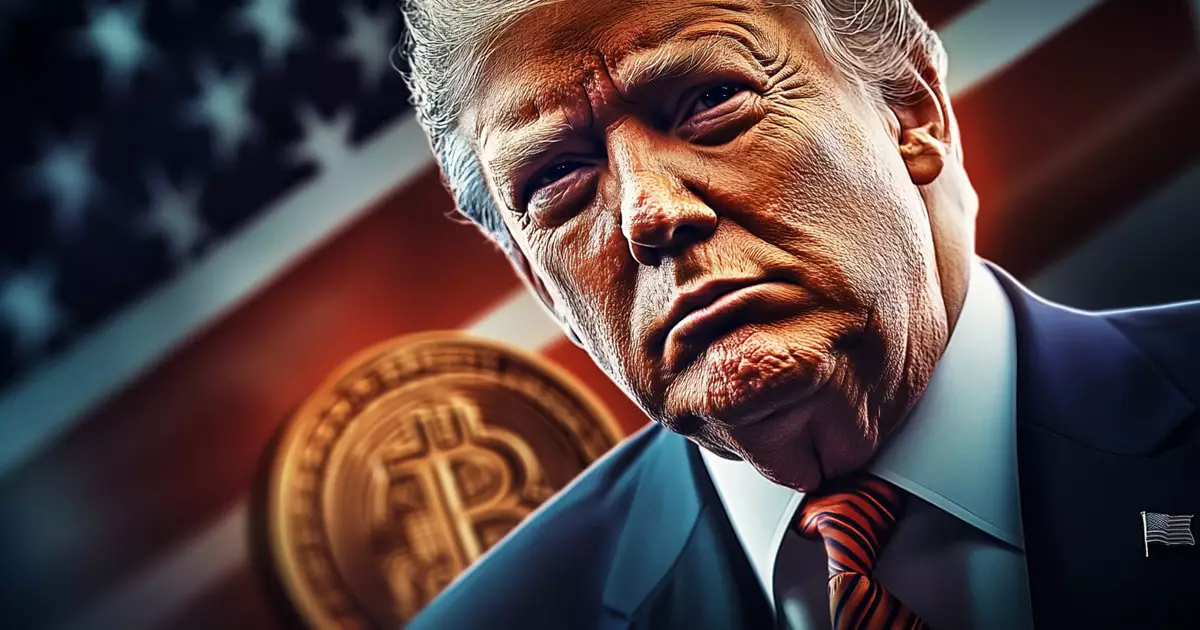In recent months, the administration under former President Donald Trump has been reconsidering its approach to cryptocurrency regulation. Initially, there was excitement surrounding the proposition of a formal crypto council, which was expected to serve as a structured forum for dialogue between government regulators and industry leaders. However, reports indicate a significant shift towards informal summits with a rotating selection of crypto executives, raising essential questions about the efficacy and intentions behind this change.
These unofficial gatherings propose to tackle specific policy issues pertinent to the cryptocurrency sector, such as banking practices, payment systems, data center operations, and Bitcoin (BTC) mining practices. While the number and timing of these summits remain enigmatic, key trade organizations have begun to offer insights into how these discussions might be shaped, underscoring the evolving dynamics as stakeholders recalibrate their strategies.
One prominent aspect of the shift to informal summits lies in the increasingly fragmented nature of the cryptocurrency industry itself. The space is rife with diverse ideologies, leading to divisions between centralized and decentralized projects, Bitcoin maximalists versus altcoin proponents, and advocates for traditional financial integration versus opponents. Within this complex landscape, the administration’s choice to adopt a more relaxed, informal structure could be viewed as an effort to foster collaboration across these ideological divides.
The approach implies a nuanced understanding of the challenges facing the crypto sector. By facilitating discussions tailored to specific interests—such as miners discussing mining regulations, exchanges addressing exchange-related concerns, and wallet providers focusing on self-custody—the administration aims to create a forum that could encourage constructive dialogue without the pressures inherent in a formalized council setting.
Responses from industry leaders regarding this pivot have been mixed, reflecting a spectrum of perspectives on what informal summits might achieve. Some have hailed the decision as a pragmatic solution whereby industry experts can convene to address pertinent policy challenges without the static constraints of a traditional council. By inviting various stakeholders to discuss tailored topics, there appears to be an opportunity for more focused and impactful exchanges.
Conversely, skepticism persists relating to the underlying motivations guiding this shift. Critics argue that informal summits could function as mere fig leafs, designed to obscure deeper conflicts within the crypto space rather than fostering substantive policy advancements. Controversially, some industry insiders have even suggested that Trump’s inclination towards summits could be less about evolving frameworks for regulation and more about personal financial expedience.
Such suspicions are compounded by Trump’s recent ventures into the crypto arena, notably through his engagement in developing a memecoin and involvement in the decentralized finance (DeFi) project, World Liberty Financial. These activities have led some industry veterans to question the authenticity of the administration’s overtures towards crypto, suggesting a more self-serving agenda behind the initiative.
The original concept for establishing a formal crypto council was rooted in Trump’s earlier campaign promises, where he spoke of a unified effort to collaborate with regulators in crafting an effective regulatory framework for the cryptocurrency market. The anticipated council was poised to involve industry titans—executives from notable companies like Coinbase, Kraken, and a16z reportedly sought positions to influence the direction of regulation. This structure seemed to promise a more organized approach to addressing digital asset matters.
Yet, the transition to informal summits raises important concerns about whether this represents a legitimate relocation of strategy or a mere distraction from pressing regulatory challenges that still loom large over the cryptocurrency industry. The emphasis on collaboration should not overshadow the potential for deeper, systemic issues to go unaddressed.
As we grapple with the implications of this pivot—from a formalized council to informal industry summits—one must consider the broader context of crypto governance. While a flexible format may enable more nuanced dialogues among diverse interests, it also risks diluting accountability and oversight. Understanding the intentions behind this shift is crucial, especially as the cryptocurrency industry continues to evolve rapidly in both complexity and significance on a global scale. Whether these informal summits can serve as a constructive platform for genuine regulatory advancement remains to be seen.
















Leave a Reply